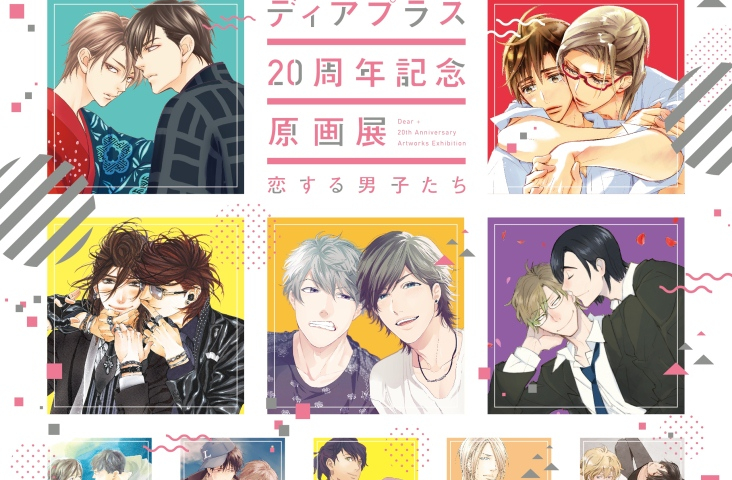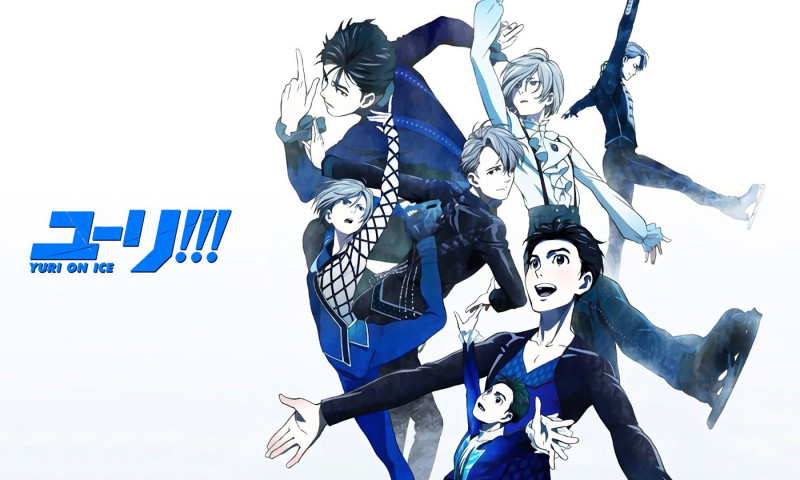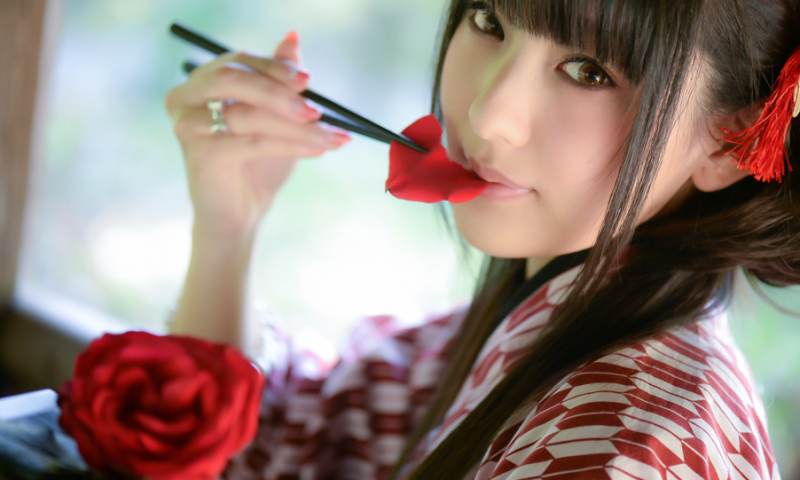
Akihabara Girls Vol.1 Nagomi Chaya Musume; The Girls Group Consists of Staff of Internet Cafe.

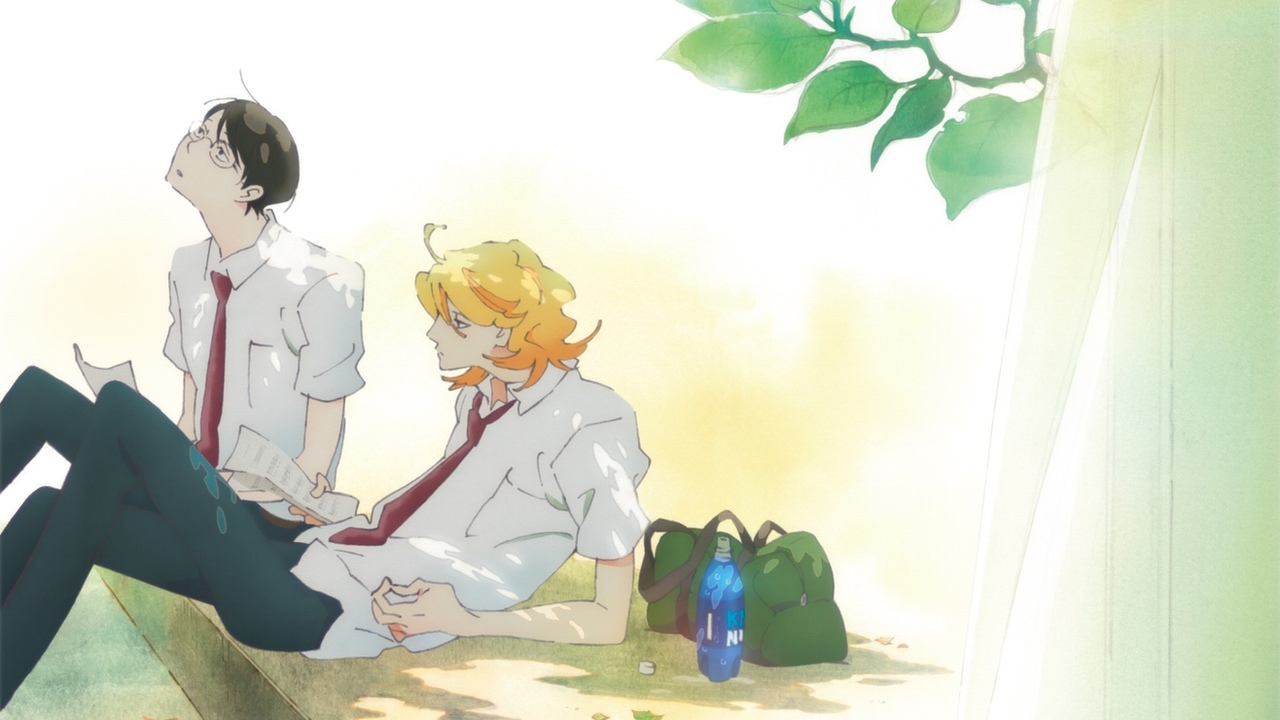
Sponsored Links
Seme. Uke. These words are elementary to the international readers of boys’ love manga. But how about wanko? Sub-coup? Tokoroten? While seme and uke have globally circulated among boys’ love fan circles, Japanese boys’ love readers, hereafter referred to as fujoshi, have developed their own terminology for the genre.
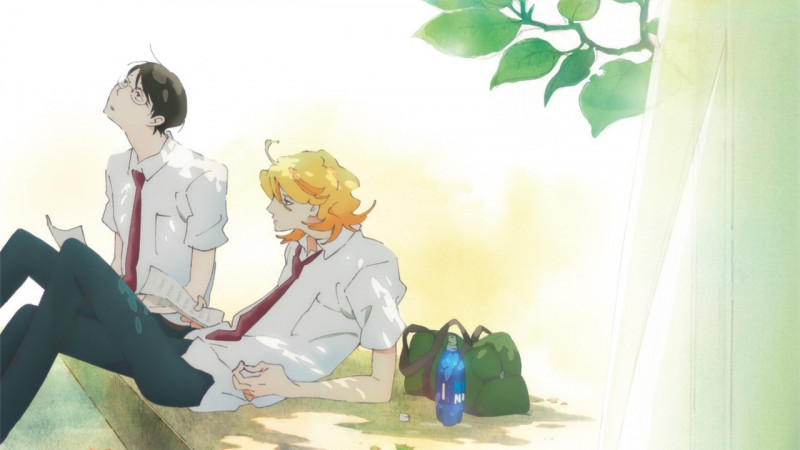
Doukyusei
Want to talk about boy’s love like a Japanese fujoshi?
Look no further!
The following is a list of key words used among Japanese fujoshi when discussing boys’ love. This list will provide a brief overview of the vibrant culture surrounding boys’ love often not talked about outside of Japan.
Bara: Umbrella term used to indicate media that caters to gay male audience. English speakers tend to use this term to indicate what would be classified as “gei comics” (gay comics). Bara means rose in Japanese.
Boys’ Love: Often shortened to “BL”. Created in the 1990s to describe manga depicting male-male love stories created for a female audience. BL has increasingly been used as an umbrella term to indicate both commercial and non-commercial media about male-male romances.
Coupling: The equivalent of “ship” used among English speaking fandoms. Often shortened to CP.
Doujinshi: Fan produced comics/magazines. Doujinshi are often based on anime series, games, and manga.
Fujoshi: A term that literally translates to “rotten women.” This word as a slightly self-deprecating connotation and is used to indicate women who consume and/or produce BL. In Japanese, fujoshi is a homonym for a word meaning meaning a woman or grown woman.
Fudanshi: Directly directly translates to “rotten boy” from the Japanese. This term is the male counterpart of fujoshi.
Seme: The “top” of the male-male relationship in BL.
Shounen’ai: Early depictions of male-male romance in shojo manga during the 1970s. This term is often used in English to indicate BL manga that does not contain explicit content. Directly translates to ‘boys’ love.’
Uke: The “bottom” of the male-male relationship in BL.
Reversible/Riba: Indicates characters that can be both seme and uke.
Yaoi/801: Shortening of the term Japanese phrase “yama nashi, ochi nashi, imi nashi,” which means no climax, no punchline, no point.” It is a word that can be used to mean BL, but it has connotations of being more erotic and less focused on story. 801 is used as a shorthand of yaoi.
Bitch: An uke that has multiple sexual partners and ‘gets around.’
Bromance: A platonic male male friendship, much like the English meaning. However, there is room for a bromance to blossom into a romance.
Kenkaple: A combination word made up of kenka (argument) and couple. Like an odd couple, this is a seme and uke couple that argue all the time. But, despite the arguments, they actually like each other very much.
Otokomae: A handsome character. Both seme and uke can be otokomae. There is a tendency that if the uke is otokomae, the uke will take the lead rather than the seme.
Ry-man: A shortening of the term “salaryman.”
Sand: An uke sandwich! Or rather, an uke between two seme during the…love scene.
Sub-coup: The side couples typically friends to the main couple in a BL manga. A shortening of sub-coupling.
Wanko: A character that loves their partner unconditionally like a dog. This is part of that character’s appeal. They are more often uke.
Yaoiana: The uke’s “hole” that functions more like a women’s parts rather than a normal man’s anus. This is a special hole that only appears especially in yaoi to make anal sex easier.
Anany: Combo word of onani (masturbation) and ana (butthole). This is used when the seme or uke plays around with the yaoiana.
Gachimuchi: Japanese word for “stocky, muscular.” This term is used to describe the BL that features muscular men. The characters in these works tend to look more like “bara” characters than the lithe seme and uke in typical BL manga.
Gijinka: An inanimate object, plant or animal takes on human form. This is actually very popular in Japanese media. Just take a look at Touken Ranbu, a game where swords become humans.
Inran Uke: An extremely erotic uke. This uke is often horny, very expressive and forward during sex.
Jingai: A character or coupling that is not human. They might have points are human-like or close to being human, but they might actually be beasts, robots or something else altogether.
Muko: Japanese word for son-in-law. Used to indicate a seme character and is synonymous with “husband.”
Tokoroten: Slang for a prostate orgasm. This is actually a word used in the gay community that appears in BL time to time.
Yome: Japanese word for bride used to describe uke characters. It is also used to describe favorite characters, much like how people use the word “waifu.”
Sponsored Links

Anna Iriyama to Reveal her Beautiful Sins in 1st Photobook “Utsukushii Tsumi”

Risa Satosaki Reveals Everything in the MV for “S!NG”!


